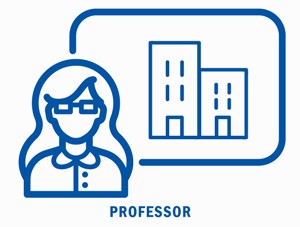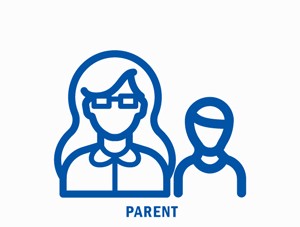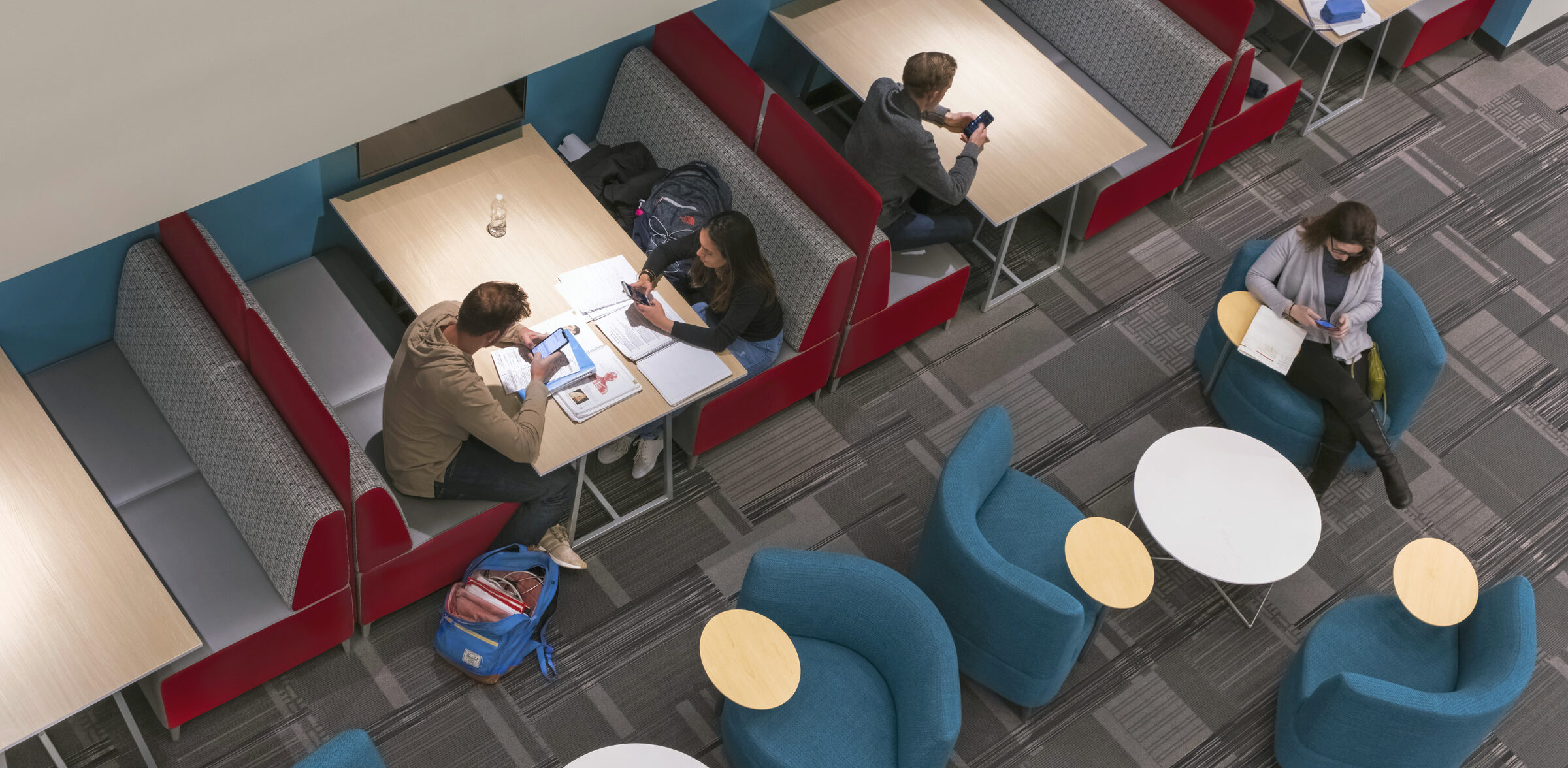
With universities across the country hard at work preparing campuses for students, Perkins Eastman reached out to one of our Higher Education Practice Area Leaders, Principal Carisima Koenig, who has a unique perspective to offer. As a leading architect, a professor at the Pratt Institute in Brooklyn, and a parent sending her son off to university for the first time, Carisima is looking at higher education in the time of COVID-19 from all angles.
I have been writing and re-writing a letter to my son who will be a ‘first year’ at university this fall. Apart from the obvious reasons, this is a difficult letter to write. My concerns as a parent are complicated by my overlapping professional roles as a campus architect and college professor. As schools around the country struggle with decisions about whether and how to reopen safely, I find myself deeply invested on multiple fronts. In this letter that I hope to secretly tuck away in his dorm room dresser drawer, I list all the things I hope he has learned over his 18 young years: treat others as you would like to be treated, be kind, study hard, go to class, take chances, and always flush with your foot. But as I try to write this “perfect” missive, the media is at a fever pitch as the daily surge of COVID-19 infection rates across the United States — including the state where my son is to attend college — spike. The coronavirus curve is not flattening, or declining, it is rising rapidly.
We live in Brooklyn, NY. We spent months in “New York State on Pause” and the last nine weeks carefully moving from Phase One to Phase Four. Our son finished high school online and graduated virtually from our living room. We wear masks as a rule of state law. We physically distance and still handle our groceries with care. The disruption from this pandemic has created an atmosphere of uncertainty, apprehension, and speculation about the future.
We are torn between optimism and excitement over his educational future and wrestling with potential fall scenarios.
Recently, the spike in COVID-19 infection rates has driven more than 20 colleges and universities to switch from a hybrid of in-person and online teaching to a strictly online scenario. These changes have placed many parents in the same position as my family wondering about the future for our college-bound children. While universities are working tirelessly to navigate the pandemic and re-imagine their educational formats, the goal posts are constantly moving. Should students attend university in person? If they do, how great is the risk that they could become infected? If our children attend online, will they still be able to build the important social bonds that define the campus experience?
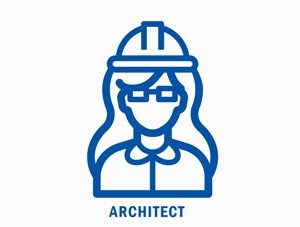
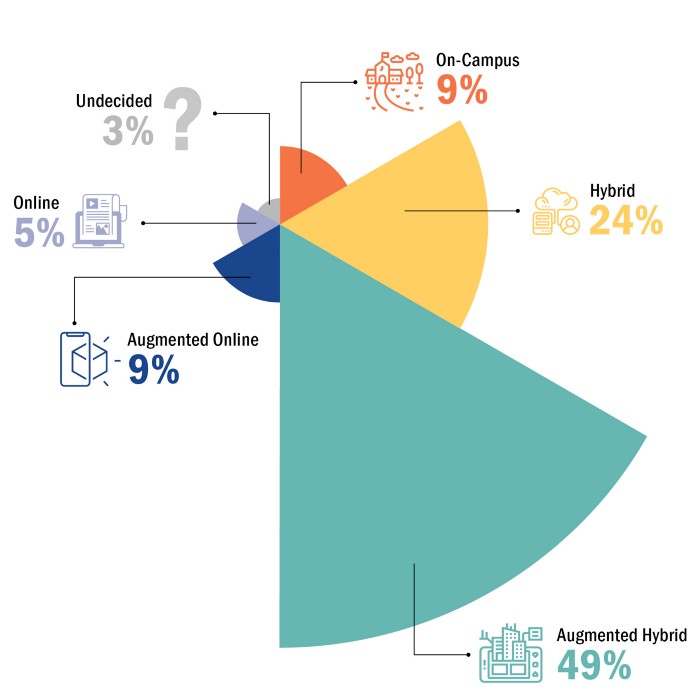 As I write this, 73% of those institutions are planning for a hybrid model which brings students to campus for an educational experience that is adapted for health and safety considerations. These numbers show the optimism and belief in the importance of education tied to community and the built environment. Unfortunately, these plans are in a constant state of flux due to inconsistent guidelines at state and federal levels.
As I write this, 73% of those institutions are planning for a hybrid model which brings students to campus for an educational experience that is adapted for health and safety considerations. These numbers show the optimism and belief in the importance of education tied to community and the built environment. Unfortunately, these plans are in a constant state of flux due to inconsistent guidelines at state and federal levels.